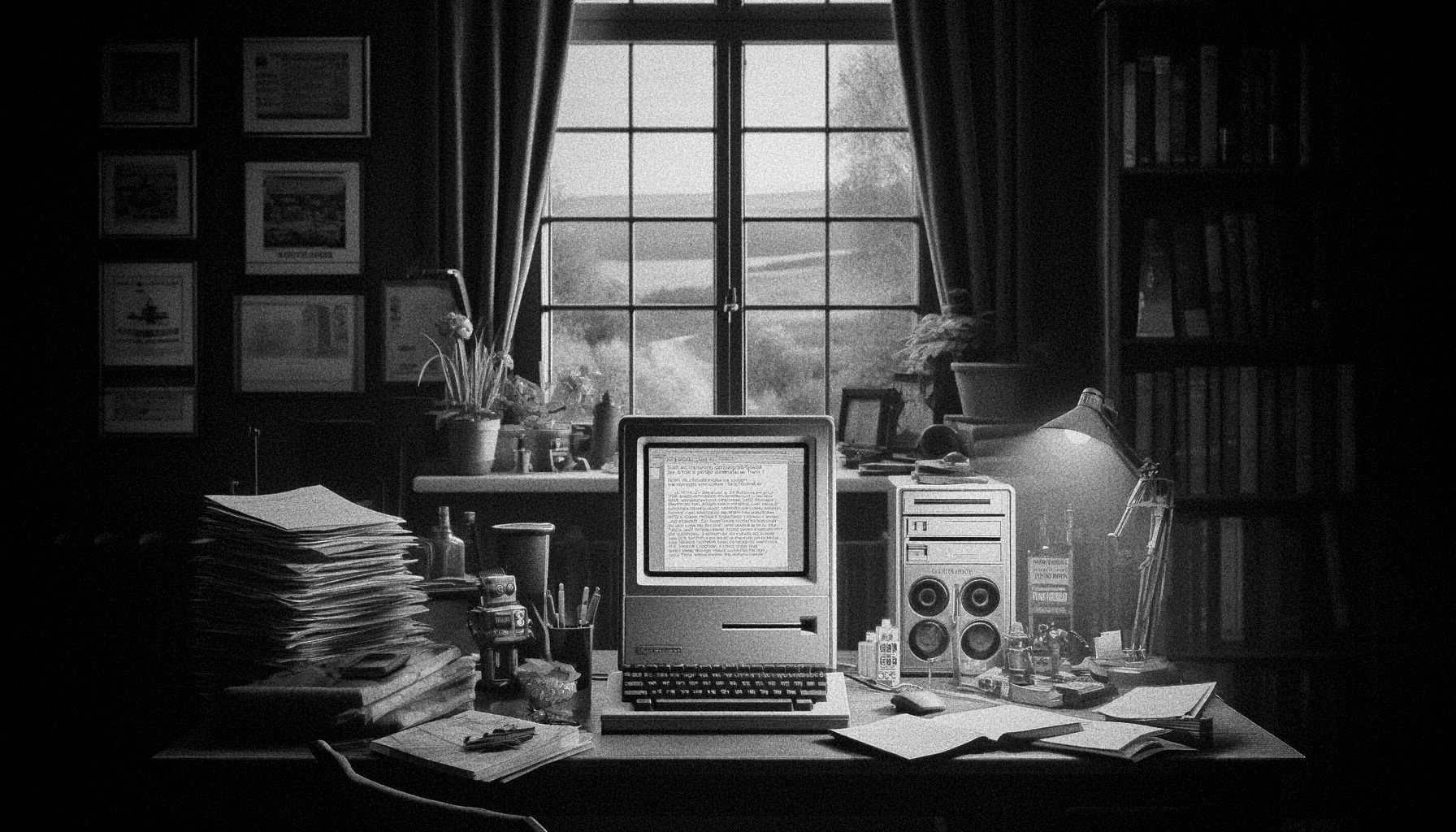
Them (1954)
In the New Mexico desert, mysterious deaths lead Sergeant Peterson and his team to discover giant mutated ants near a nuclear weapons test site, prompting a coordinated effort with the army to destroy the nests, though two queen ants escape. Directed by Gordon Douglas, this 1954 science fiction film uses minimalistic techniques, such as sound and actor reactions, to create tension and suspense, similar to the later films "Jaws" and "Alien." "Formicula" explores the consequences of nuclear technology, showcasing the monstrous aftermath through a compelling narrative that has earned it a classic status in 1950s sci-fi cinema.
The Thing (1951)
Released in 1951 and directed by Christian Nyby, »The Thing« is a seminal science fiction film exploring themes of paranoia, fear, and human reactions to the unknown, based on John W. Campbell Jr.'s novella "Who Goes There?" Set in a remote Arctic outpost, the film follows a crew that discovers an extraterrestrial creature capable of taking any form, driving them into a state of distrust and fear as they struggle to identify the alien among them. Known for its groundbreaking special effects and suspenseful narrative, "The Thing" also reflects Cold War-era anxieties about infiltration and subversion, making it a thought-provoking classic in the genre.
The Day The Earth Stood Still (1951)
Directed by Robert Wise, »The Day the Earth Stood Still« follows Klaatu, an alien who lands in Washington to promote peace but is met with hostility and suspicion. After being shot by a soldier, Klaatu escapes and mingles with humans to gauge their capacity for peace, reflecting the film’s critique of Cold War-era politics and its enduring relevance. The film stands out for elevating the sci-fi genre with its focus on human virtues and flaws, outstanding performances, and its call for global cooperation and peace.



